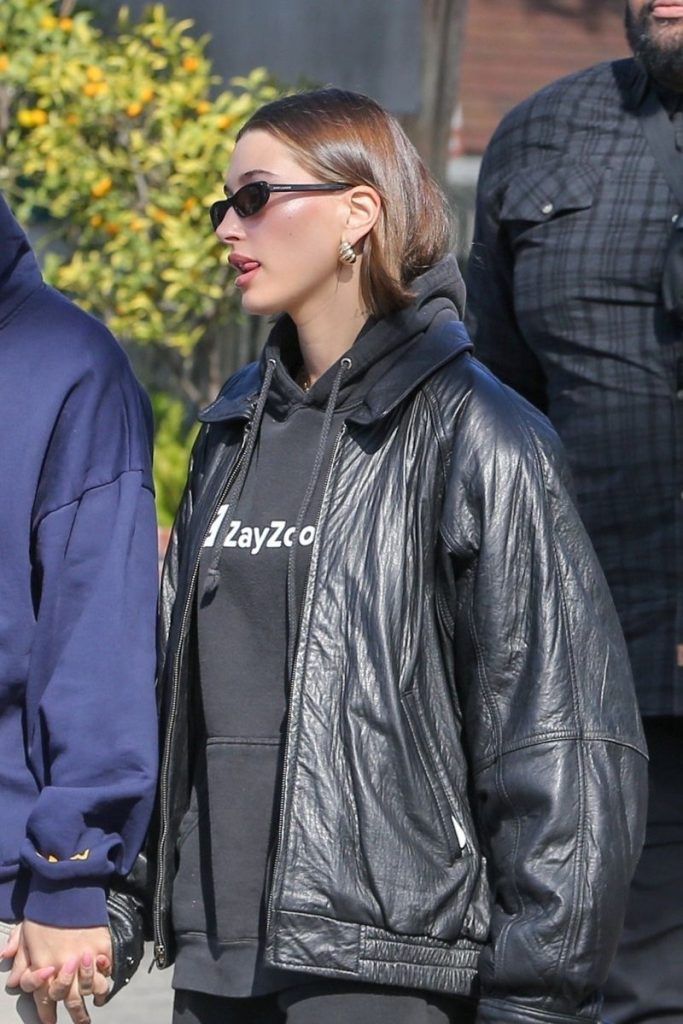The sweater has long been a symbol of warmth, comfort, and timeless fashion. Traditionally crafted from wool, cotton, or cashmere, sweaters have accompanied generations through winters, casual gatherings, and even high-fashion moments. Yet, in the twenty-first century, clothing is evolving beyond aesthetics and comfort. It is now entering the realm of intelligence. The fusion of textiles with advanced technology is giving rise to a new wave of apparel: the tech-enhanced sweater. This innovative garment represents a meeting point between fashion and functionality, transforming knitwear into a tool for health, communication, and self-expression. What was once a staple of seasonal wardrobes is now poised to become a central piece of the digital lifestyle.
The Evolution of Sweaters into Smart Knitwear
Sweaters have traveled a long journey from utilitarian wool garments worn by fishermen to icons of high fashion. Today, this evolution continues through the integration of electronics and intelligent fabrics. The shift is not accidental but rather the result of decades of experimentation in smart textiles, where the boundaries of clothing and technology have slowly blurred. Conductive yarns, nano-coatings, and flexible microchips have made it possible for sweaters to become more than garments—they are interactive platforms that enhance daily life. The sweater, with its soft surfaces and layered structure, is ideal for embedding components without sacrificing comfort or beauty, making it the perfect canvas for this revolution.
The Technology Woven into Smart Sweaters
At the heart of every tech-enhanced sweater is a complex ecosystem of components working in harmony. Conductive fibers act as pathways for electrical signals, transforming ordinary threads into data carriers. Embedded biometric sensors can monitor heart rate, body temperature, or stress levels. Flexible batteries power the system, while microprocessors interpret collected data and connect wirelessly to mobile devices. Some sweaters incorporate thermoregulation fabrics that adjust warmth automatically, while others use haptic feedback panels to communicate notifications through vibrations. Future innovations promise even more possibilities, from fabrics that harvest solar energy to fibers that change color or texture in response to environmental conditions.
Blending Fashion and Functionality
A primary challenge for designers of tech-enhanced sweaters is maintaining elegance while embedding technology. Consumers want innovation without losing the comfort and sophistication that knitwear represents. To address this, designers are combining natural fibers with advanced synthetic yarns, creating hybrid fabrics that are soft, breathable, and capable of carrying digital features. Unlike early prototypes that looked bulky, today’s smart sweaters are refined, sleek, and indistinguishable from traditional knitwear at first glance. They are designed not only to perform but also to enhance personal style, ensuring that functionality never overshadows fashion.
Health and Wellness Benefits of Smart Knitwear
Perhaps the most impactful feature of tech-enhanced sweaters lies in their health applications. Integrated biometric tracking systems can monitor heart rhythm, posture, and even blood oxygen saturation. These readings allow wearers to stay informed about their health in real time. For fitness enthusiasts, sweaters can measure exertion levels and guide optimal performance. For individuals with chronic conditions, they provide early warnings of irregularities. Beyond tracking, some sweaters incorporate stress-reduction functions, such as guided breathing cues delivered through subtle vibrations. This makes them not just garments but holistic wellness companions.
Connectivity and Entertainment in Smart Sweaters
The modern lifestyle demands constant connectivity, and smart sweaters rise to the occasion. Built-in speakers and microphones eliminate the need for separate accessories, enabling seamless calls and media playback. Gesture-sensitive surfaces woven into sleeves allow wearers to control devices with simple motions, such as swiping to change music tracks or tapping to answer calls. Some designs integrate LED threads for customizable light patterns, offering new forms of self-expression and entertainment. In this way, sweaters evolve into wearable interfaces—an extension of personal identity and a direct link to the digital world.
Eco-Friendly Innovations in Smart Knitwear
Sustainability remains a crucial priority for the fashion industry, and smart sweaters are leading experiments in eco-conscious design. Recyclable conductive fibers, biodegradable batteries, and fabrics infused with energy-harvesting technology are being developed to ensure longevity without environmental cost. Designers are also moving toward modular construction, where electronic components can be replaced or upgraded without discarding the entire garment. This approach reduces waste and aligns smart knitwear with the global movement toward circular fashion. By merging innovation with responsibility, tech-enhanced sweaters demonstrate that technology can coexist with ecological mindfulness.
Integration with the Internet of Things and Smart Environments
In a world increasingly shaped by the Internet of Things (IoT), smart sweaters serve as natural extensions of connected ecosystems. Imagine walking into a smart home where your sweater automatically communicates with the thermostat to adjust indoor temperatures, or syncing with a car to prepare navigation routes before you sit down. In public spaces, sweaters may interact with smart infrastructure to provide real-time updates on transportation or weather conditions. These integrations position the sweater not as a standalone item but as part of a larger network that reshapes how humans interact with technology.
Privacy, Data Protection, and Ethical Challenges
As with all wearable technologies, tech-enhanced sweaters bring ethical questions to the forefront. Monitoring health metrics and transmitting personal data raises significant privacy concerns. Consumers must trust that their information is secure and that companies will not exploit it for profit. Designers and developers must prioritize encryption, transparency, and user control. Furthermore, ethical considerations extend to labor practices and environmental responsibility in producing smart fabrics. Only by addressing these issues can the industry earn the confidence of its audience and ensure that innovation does not compromise human values.
Redefining Identity Through Smart Fashion
Fashion has always been a reflection of identity, and smart sweaters introduce new layers of self-expression. With customizable fabrics, integrated lighting, and adaptive designs, individuals can showcase moods, preferences, and creativity in real time. These garments become symbols of progress and individuality. Streetwear brands collaborate with tech startups to launch exclusive collections, while luxury fashion houses reinterpret classic knitwear with futuristic twists. The cultural impact is profound: sweaters transform from seasonal essentials into cultural markers of innovation, personality, and lifestyle integration.
Artificial Intelligence and Adaptive Sweater Design
Artificial intelligence is shaping the future of smart knitwear by enabling garments to adapt dynamically to the wearer’s needs. Machine learning algorithms can process biometric data, recognize patterns, and adjust sweater functions accordingly. For instance, an AI-enhanced sweater might regulate warmth based on detected body temperature or suggest breaks during prolonged inactivity. In the future, predictive capabilities could even alert wearers to potential health risks before symptoms arise. This adaptive intelligence elevates sweaters from passive clothing to interactive companions.
Future Prospects Beyond 2025
Looking ahead, tech-enhanced sweaters promise to integrate even more advanced features. Augmented reality interfaces, quantum fibers capable of instant data transfer, and fabrics that respond to emotions are no longer confined to science fiction. As material sciences evolve, sweaters may become self-cleaning, self-repairing, or capable of storing renewable energy to power personal devices. Long-term, knitwear will no longer simply clothe the body but will serve as an essential interface with the digital and physical worlds. This vision positions sweaters as central players in the next era of lifestyle innovation.
Conclusion
The sweater has evolved from a humble garment into a symbol of technological progress. Tech-enhanced knitwear redefines fashion by merging comfort, intelligence, and sustainability. It is no longer about warmth alone but about health monitoring, connectivity, environmental responsibility, and personal expression. As technology advances, the sweater will remain a canvas for innovation, bridging the gap between traditional craftsmanship and futuristic design. In doing so, it ensures that fashion continues to not only reflect culture but also drive it forward into a new age of smart living.



